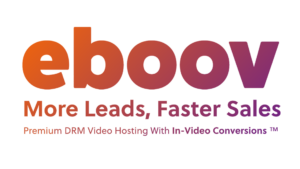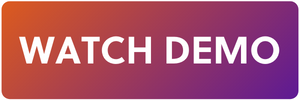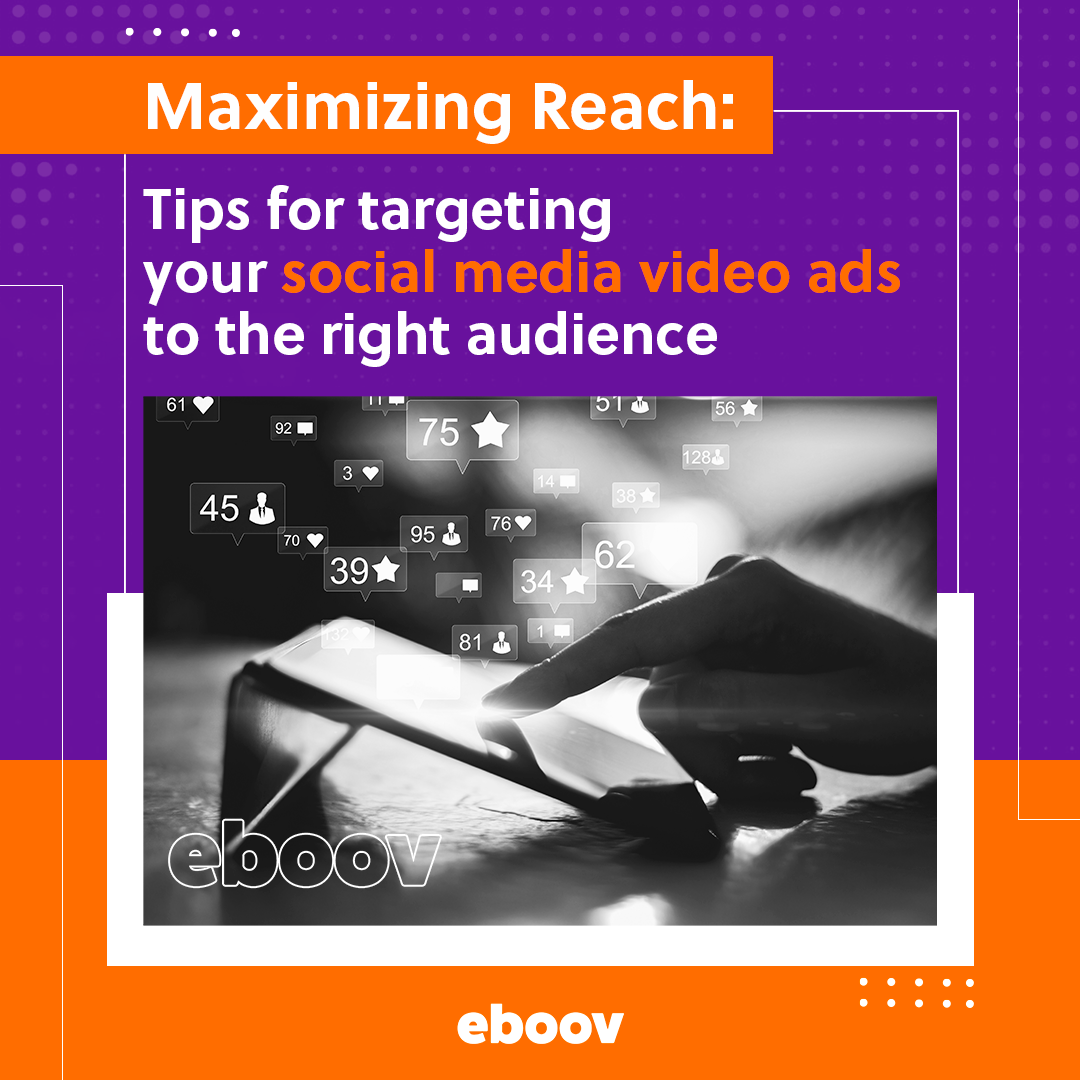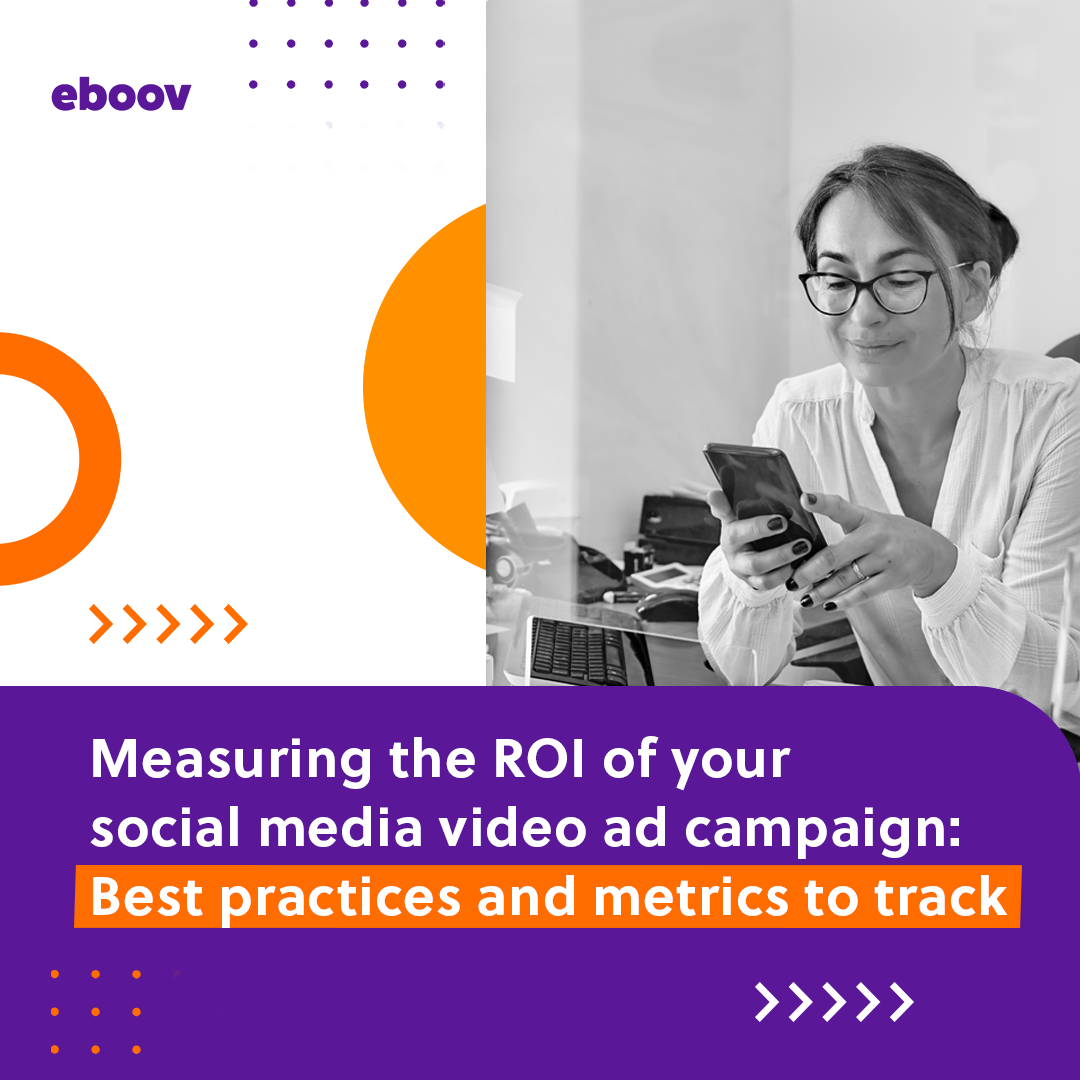 Thought. Education. Training.
Thought. Education. Training.
There are several types of webinars — so creating leverage in the form that best suits your business is dire to setting yourself apart from competitors. The type you choose not only showcases your information but also shows your audience the ins and outs of your brand.
Choosing the right form could mean the difference between a client choosing you, or not. Let’s elaborate on the 3 types and talk about the main differences between them.
Type 1: “Thought leadership” approach
The “thought leadership” approach is a data-driven approach to displaying your information and educating your audience. Because this approach entails leading others in their train of thought, it’s important to include objective data to support your theories and claims.
Part of being data-driven means you’ll need to back up your data with examples. That makes this approach evidence-based (paying close attention to the statistics and examples). And, it’s usually moderated by an expert panel of professionals in the field. This builds credibility and shows your audience you’re keeping up with the latest information with self-regulation within your industry in mind.
Once you get to the part of your webinar you’ve plugged your product or service, you have a strong footing to stand on with data. Providing customers with tangible evidence of what your good or service can do, makes a compelling case for your brand by and large.
Type 2: “Educational” approach
The “educational” approach takes a deep dive into a particular subject or solution. It’s similar to the “thought leadership” approach where the goal is to educate the listening audience. However, this approach is more focused on immensely covering a certain part of your topic.
For instance, it could mean going in-depth on a selling method, as our Founder Vince Reed does in our eboov demo video. You would cover the what, how, why, etc. about the selling method as opposed to sharing statistics contrasting the different selling methods out there people could use.
Customers are more likely to purchase or opt-in when they’re well-informed — about 131% more likely to purchase as of 2017. Not only does educating your audience help you lead them to purchase, but it also empowers your audience to learn about what they’re purchasing. And it helps create a level of loyalty that will keep that consumer returning to you as their trusted source. (It’s important not to take advantage of that, but to responsibly step into that role.)
Type 3: “Training” approach
The “training” approach can cover a number of topics like high-level business goals, product walkthroughs, and best practices. Using a training-style video can open your audience pool to reach viewers outside of your typical target market.
For example, a video covering high-level business goals, might reach peers in the field, looking to advance their own methods, and become a resource for people thinking about joining your field.
Another way you see training is through product walkthroughs. They are another important facet of providing the customer with optimal information before they are left on their own to make the final decision. Think about every how-to video that took you from novice to expert in some form or facet.
Training on best practices is another strong webinar direction to take. It brings a tangibility to actions and it’s something to use as a baseline. Once it’s solidified as a baseline, it can become a standard — giving you an ability to shift industry-standard strategies.
The big question: Live or pre-recorded webinars?
There are pros and cons to hosting both types of webinars.
What we know: in live webinars (where the speaker and audience are in the same virtual space at the same time) — the pressure is on.
You’re being given a one-time chance to “get it right,” meaning, lots of prep work and advance planning will need to be done. You can run practice webinars where you record yourself or even enlist the help of your family and friends to be your practice audience.
The engagement is real-time, meaning that mistakes or verbal typos can’t be edited out (at least not for the live audience). Now, if you do record your live webinar, you can go back and edit out tangents and other mistakes to make your webinar crisp in the recording.
Hosting a live webinar also leaves an increased chance of technical issues. As you can imagine, you can’t plan enough or anticipate that concern away. You will have to train yourself on how to handle these issues and build contingency plans for the severity of the technical glitch.
Now let’s talk about pre-recorded webinars.
Making pre-recorded webinars would mean recording with the internet to broadcasted later, on-demand. There is no audience to interact with, there is no timeframe in which you have to cover your content, and there is significantly less pressure to create.
Oftentimes this means the webinars are available for a longer period of time, allowing a larger audience to receive and view said video. And if the content is created in an “evergreen” way, you will be able to use this webinar for a long period of time without having to give it your all every time.
The main benefits of pre-recording are it minimizes the potential for speaker mistakes and tech issues — taken care of in the editing/planning phase.
And get this: As many takes as you want with as large of an audience as you can capture.
Invest in Video Quality
Whether you’re conducting your webinar live or pre-recording it, you have to remember it’s an experience for your audience. You want it to be the best user experience, and that means having a high-quality video experience for the audience.
eboov is an innovative video-hosting software with the capabilities of a lead generation tool that makes hosting webinars easy and removes the stress of tech challenges. The platform supports live and pre-recorded webinars.





